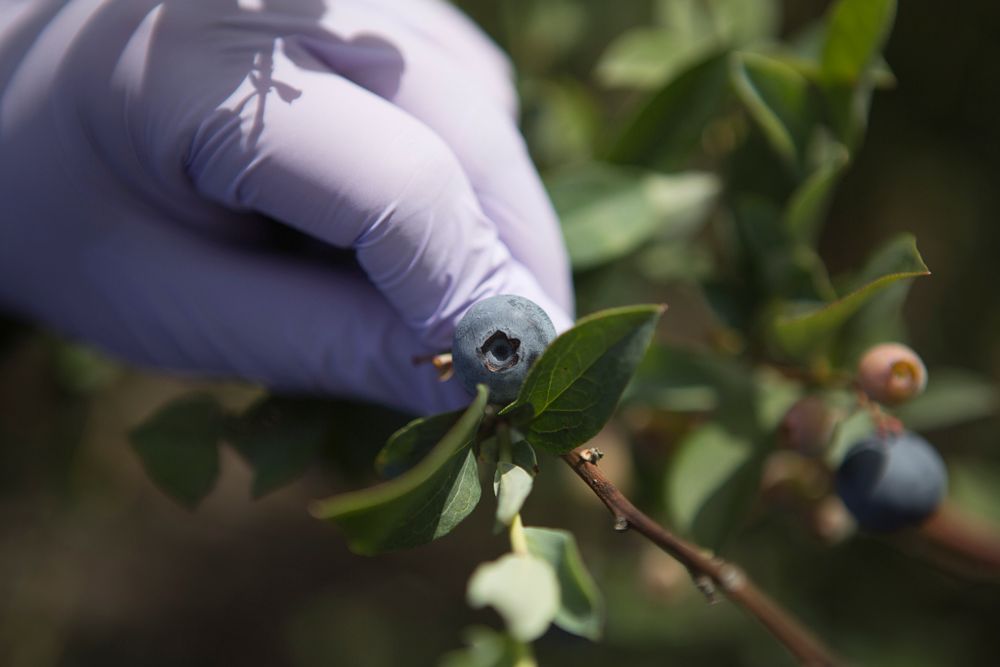Both rabbiteye and highbush blueberries are produced in Georgia. The plants can produce a commercially viable crop for years. The long-term nature of the investment in the blueberry orchard calls for periodic updates on the situation of the blueberry industry. Information about the location of plants, varieties, plant age, and the use of cultural practices are important in decisions to allocate resources. This report provides insights otherwise unavailable to the industry and an overview of the Georgia blueberry industry, which helps to shape the production and marketing strategies that extend beyond our state boundaries. Summaries included in this report help in accurate assessment of potential economic losses from damages to blueberry plants and the feasibility of programs protecting the value represented by orchards.

Published by University of Georgia Cooperative Extension. For more information or guidance, contact your local Extension office.
The University of Georgia College of Agricultural and Environmental Sciences (working cooperatively with Fort Valley State University, the U.S. Department of Agriculture, and the counties of Georgia) offers its educational programs, assistance, and materials to all people without regard to age, color, disability, genetic information, national origin, race, religion, sex, or veteran status, and is an Equal Opportunity Institution.








